Spinal stenosis, often considered a companion to spondylolisthesis, is a condition characterized by the narrowing of the spinal canal or the openings where nerves exit the spine. The combination of spinal stenosis and spondylolisthesis can result in a myriad of symptoms and complications. This comprehensive guide explores the relationship between these two conditions, their shared characteristics, symptoms, and available treatment options.
Understanding Spinal Stenosis and Spondylolisthesis
What is Spinal Stenosis?
Spinal stenosis refers to the narrowing of the spinal canal, the hollow space that houses the spinal cord. This constriction can exert pressure on the spinal cord or nerve roots, leading to various symptoms.
Exploring Spondylolisthesis
Spondylolisthesis, on the other hand, involves the displacement of one vertebra over another, commonly observed in the lumbar region. It can result in pain, reduced mobility, and neurological issues.
The Association Between Spinal Stenosis and Spondylolisthesis
Common Coexistence
Spondylolisthesis and spinal stenosis often coexist, particularly in the lumbar spine. The slippage of vertebrae can contribute to the narrowing of the spinal canal, accentuating the effects of stenosis.
Shared Symptoms
Both conditions may manifest similar symptoms, such as lower back pain, leg pain, muscle weakness, and changes in gait. These shared symptoms can often make it challenging to distinguish between the two conditions without medical evaluation.
Symptoms of Spinal Stenosis with Spondylolisthesis
Lower Back Pain
Pain in the lower back is a common symptom of both spinal stenosis and spondylolisthesis. It can be dull, aching, or sharp, and may worsen with activity.
Leg Pain and Numbness
Radiating pain, tingling, or numbness in the legs or buttocks is prevalent, especially with nerve compression resulting from the combination of these conditions.
Muscle Weakness
Muscle weakness in the legs is often experienced, affecting mobility and potentially leading to difficulties with balance and coordination.
Changes in Gait
The coexistence of spinal stenosis and spondylolisthesis can influence an individual’s gait, causing an altered walking pattern or instability.
Diagnosis and Treatment Options
Diagnosis
Medical professionals diagnose spinal stenosis and spondylolisthesis through physical examinations, imaging tests (X-rays, MRI, CT scans), and evaluation of symptoms.
Non-Surgical Treatment
Non-surgical treatments for spinal stenosis and spondylolisthesis may include medications, physical therapy, lifestyle modifications, and weight management to alleviate symptoms and improve functionality.
Surgical Intervention
In cases where non-surgical treatments are ineffective or when severe symptoms persist, surgical options such as spinal fusion, laminectomy, or decompression surgery may be considered to relieve pressure on the spinal cord or nerves.
Living with Spinal Stenosis and Spondylolisthesis
Quality of Life Considerations
Living with the combined impact of spinal stenosis and spondylolisthesis can significantly impact an individual’s quality of life. Management strategies aim to reduce pain, improve mobility, and restore function.
Long-Term Management
Long-term management often involves a combination of treatments and lifestyle adjustments to control symptoms and prevent further deterioration.
Conclusion: Managing the Tandem Challenge
Spinal stenosis alongside spondylolisthesis presents a tandem challenge that affects many aspects of daily life. Understanding the shared symptoms, diagnosis, and available treatment options is vital in effectively managing these conditions. Working closely with healthcare providers to tailor a treatment plan specific to individual needs is crucial in navigating the complexities and challenges presented by these interconnected spinal conditions.
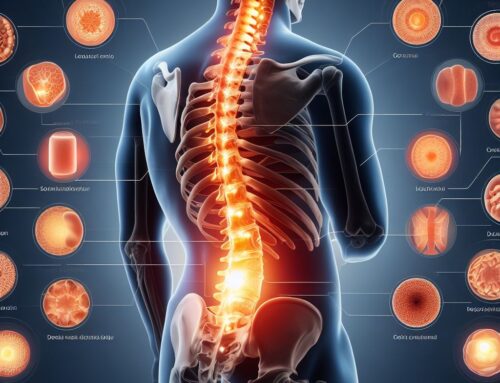
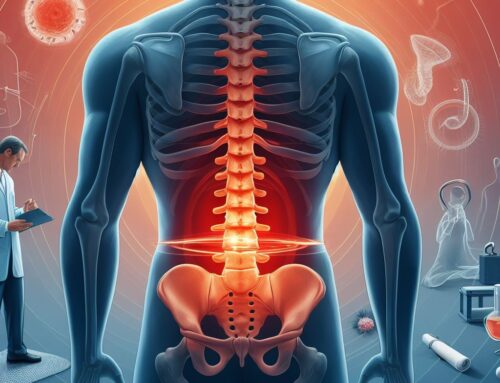
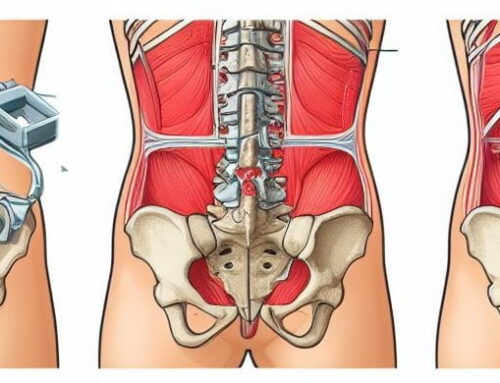
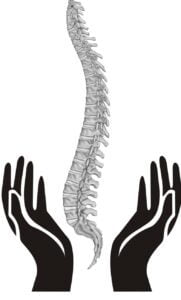



Get Social